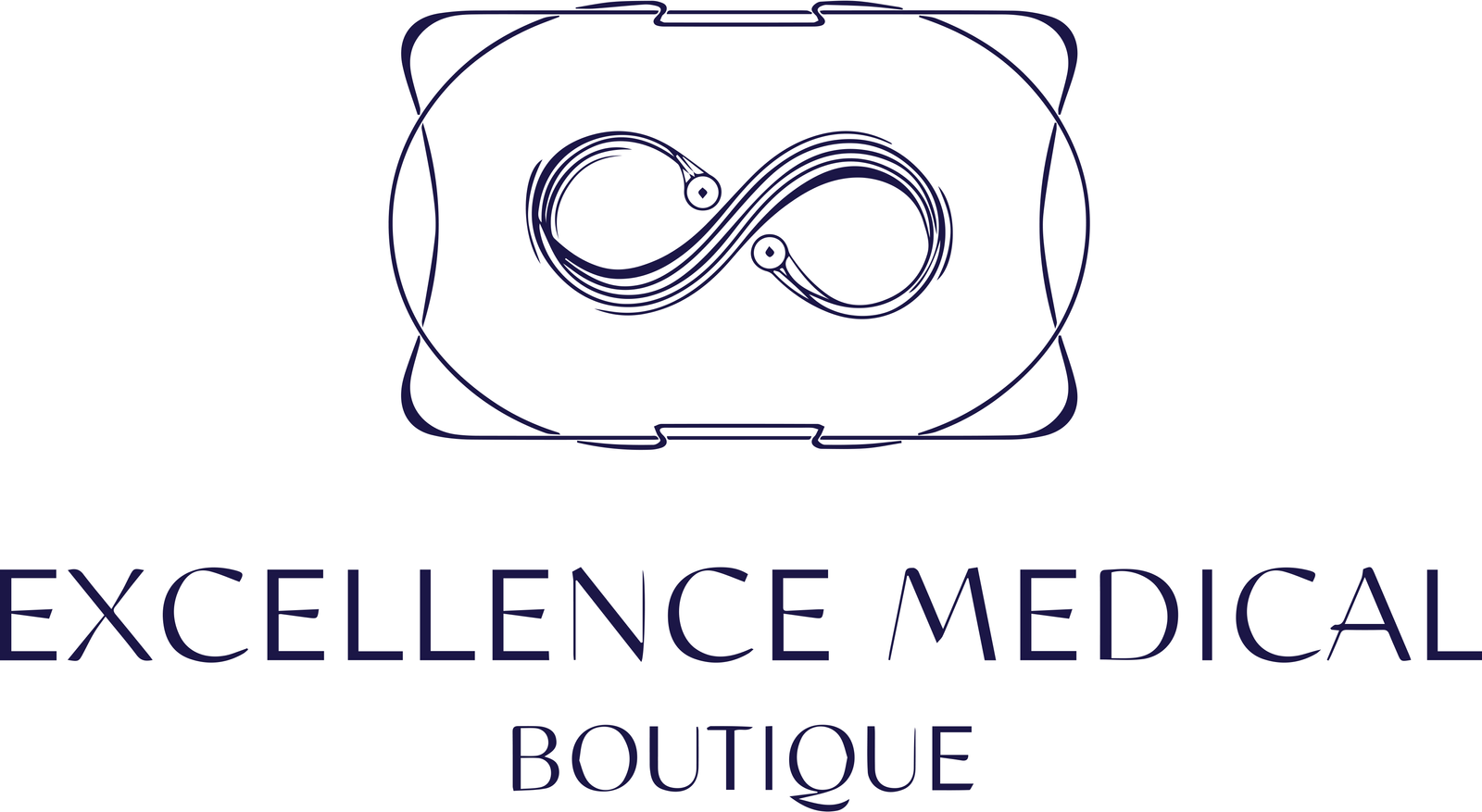LIPOSUCTION
A Liposuction is a cosmetic surgical procedure that removes excess fat from various areas of the body to contour and reshape it. The procedure involves making small incisions and using a suction device to remove the fat. It is commonly performed on the abdomen, thighs, hips, buttocks, arms, and neck. Liposuction can provide significant improvements in body contour, and is often combined with other cosmetic procedures for optimal results.


Liposuction is a type of cosmetic surgery that aims to remove excess fat from different arcas of the body. The procedure is usually done on arcas where fat tends to accumulate, such as the thighs, abdomen, and buttocks.
During the procedure, a surgeon will use a cannula, which is a small, hollow tube, to suck out the excess fat. The cannula is inserted through small incisions in the skin and then moved around to suction out the fat. There are different types of liposuction, including traditional liposuction, tumescent liposuction, and laser liposuction.

LIPOSUCTION
A Liposuction is a cosmetic surgical procedure that removes excess fat from various areas of the body to contour and reshape it. The procedure involves making small incisions and
using a suction device to remove the fat. It is commonly performed on the abdomen,
thighs, hips, buttocks, arms, and neck. Liposuction can provide significant improvements in body contour, and is often combined with other cosmetic procedures for optimal results.

Liposuction is a type of cosmetic surgery that aims to remove excess fat from
different arcas of the body. The procedure is usually done on arcas where fat
tends to accumulate, such as the thighs, abdomen, and buttocks.
During the procedure, a surgeon will use a cannula, which is a small, hollow tube, to suck out the excess fat. The cannula is inserted through small incisions in the skin and then moved around to suction out the fat. There are different types of liposuction, including traditional liposuction, tumescent liposuction, and laser liposuction.
DIFFERENT TYPES
Traditional liposuction:
This technique involves making a small incision in the treatment area, inserting a cannula to break up the fat, and then
suctioning out the fat using a vacuum.
Tumescent liposuction:
This technique is similar to traditional liposuction, but it involves injecting a solution of lidocaine, epinephrine, and
saline into the treatment area to reduce bleeding and improve fat removal.
Ultrasound-assisted liposuction:
This technique uses ultrasound technology to liquefy fat cells before suctioning them out.
Laser-assisted liposuction:
This technique uses laser energy to liquefy fat cells and tighten the skin in the treatment area.
Power-assisted liposuction:
This technique uses a special cannula that vibrates rapidly to break up fat cells and make them easier to remove.
Water-assisted liposuction:
This technique involves using a pressurized stream of saline to dislodge and remove fat cells.
Each type of liposuction has its own advantages and disadvantages, and the best option for you will depend on your
specific needs and goals.
THE ADVANTAGES OF LIPOSUCTION
Improved body contour: Liposuction helps to contour the body by removing stubborn fat deposits that are resistant to diet and exercise.
Improved health: Liposuction can improve overall health by removing excess fat that can lead to health problems such as heart disease, high blood pressure, and diabetes.
Increased self-confidence: When people are unhappy with their body shape, it can impact their self-esteem and confidence. Liposuction can help people achieve the body they desire, boosting their self-confidence.
Quick results: Liposuction typically results in a noticeable change in body shape soon after the procedure, which can be motivating for people who want to see fast results.
Permanent fat removal: Liposuction is a permanent solution for fat removal, meaning that the fat cells that are removed from the body during the procedure will not grow back.
It is important to note that like any surgical or non-surgical procedure, there are risks and potential complications associated with face rejuvenation in cosmetic surgery. Patients should carefully consider their options and consult with a qualified and experienced cosmetic surgeon before proceeding with any procedure.
